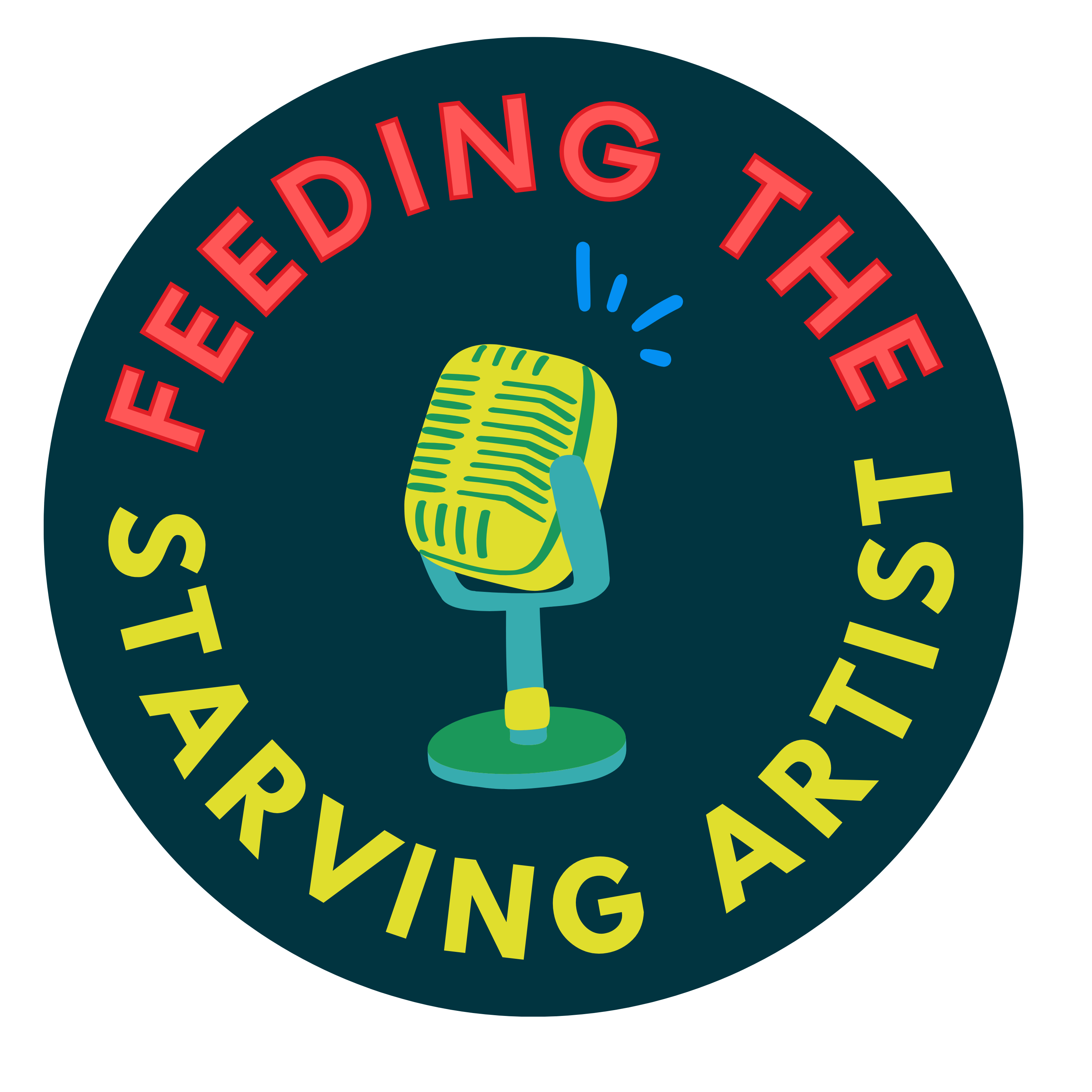Rick Goodstein and Ron McCurdy
Artists are storytellers. Whether you are a performing musician, an artist painting a scene, a writer telling a story, dancer, or an actor, you are interpreting life through the lens of an artist. You may be helping interpret a story as told by a choreographer, playwright, or composer, or writing the story yourself. In every case, you are bringing some aspect of the world to life via your art.
Even technicians, backstage crew members, and others “behind the scenes” have their part in telling the story. Every member of the artistic team has a role to fulfill and a vital piece of artistic storytelling. While the artists on stage get the applause and even adoration of the audience, the story can never be told without the cooperation of many. We never underestimate the staff, crew, and others behind the scenes whose work is invaluable.
As artists, we take the audience on a shared journey. The famous cellist, Pablo Casals wrote how the best art helps us understand and interpret life. As an aesthetic medium, art can help find human emotion and define the undefinable in powerful ways. In some ways, the success of a creative artist is dependent on how convincingly you craft and tell your story.
As artists, we let our craft, whether it’s via the potter’s wheel, dance floor, stage, page, or music hall tell our story. We can’t let technique or mechanics hold us back, thus the requisite hours of perfecting our craft before we can become true artists. It’s no different than a master carpenter who doesn’t think twice using a hammer or a surgeon who knows every inch of your anatomy. In order to tell the story, you have to have a full vocabulary – there are no shortcuts.
So how do you find your story? What do you have to say, how will you tell it, and will anybody care?
Throughout history, in great art—art that stands the test of time—an emotional response is elicited from the audience. Great artists are master storytellers who create at such a high level that they tell their stories with effortless conviction. Their storytelling is believable, passionate, and presented with an undeniable sense of purpose.
For example, in 1913, the premiere of Stravinsky’s transformational ballet, the Rite of Spring, broke so many conventional rules of the day, many in the audience were unable to understand the artistic vision and a near riot famously broke out. In hindsight, we now understand that this creative work reinvented an art form. There is no doubt that both Stravinsky and choreographer Nijinsky knew their production was breaking new ground — a “big idea!” Their story was compelling, and far ahead of its time. While this is a singular case, history is full of artists who have been labeled “ahead of their time.” Think about people like John Coltrane, Frank Zappa, Picasso, the Talking Heads, Vincent van Gogh, Bach, or Frank Lloyd Wright.
These artists helped transform art in ways that had not been yet seen or heard. It is this creative genius that many of us strive to obtain. Telling stories in new ways, with bold new big ideas, that helps tell the human story. These artists had a story to tell and in a way that has never been told before.
How do they do it? How do they come up with the creative spark? To some it comes easy; however, for many, it’s a struggle. There is no magic wand.
Beethoven famously struggled with each turn of a phrase while Mozart would conceptualize an entire symphony, seemingly effortlessly, in his head. Similarly, many sculptors can visualize the end result in a block of marble, while others struggle and adjust as they go. As artists, regardless of the medium, we need to be able to open our minds to the creative process and get into a flow state. For some, it’s a painful, laborious, time-consuming process, while for others, the process appears to pour out of their bodies effortlessly. Regardless, simply getting the process started and letting your creative juices flow is the ultimate goal.
Teachers of creative writing often tell students who are facing writer’s block to just write something—anything. Just start writing. What is true for writers is true of any of the creative arts—just get started!

